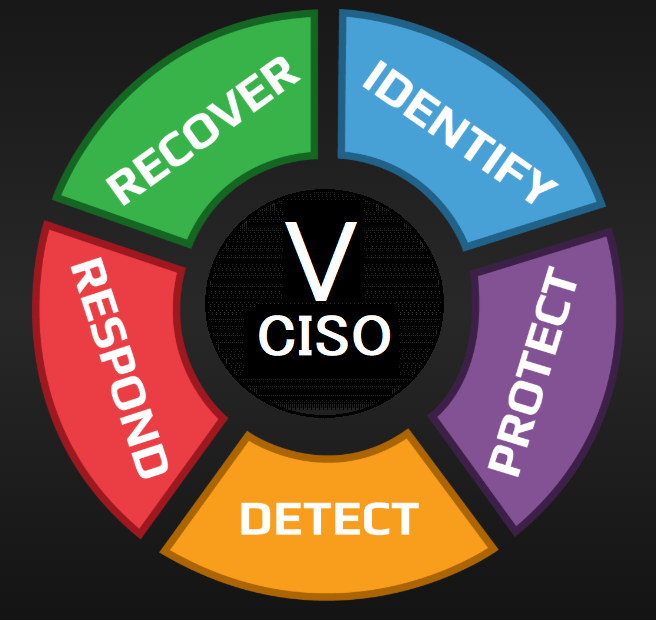The simplest, fastest, and most affordable way to comply with privacy legislation like the EU’s GDPR (General Data Protection Regulation), the CPRA (California Privacy Rights Act), New York’s SHIELD Act, and others. With Privacy as a Service, you can:
* Achieve scaled privacy compliance quickly
* Remain one step ahead of legislative developments with affordable advice and support
* Reduce privacy risks with one simple subscription service
* Enjoy peace of mind with your own dedicated data privacy manager

NIST Cybersecurity Framework
![NIST Cybersecurity Framework: A pocket guide by [Alan Calder]](https://m.media-amazon.com/images/I/31zbdJvBpPL.jpg)
Data Governance



